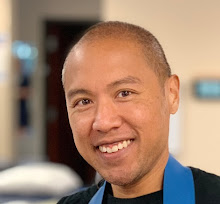This is an informative 5 post series on instagram from @physicaltherapyresearch. If you're viewing on desktop, make sure to click the little arrow on the side to see all the pics/videos for the entire post before moving on!
Want to learn in person? Attend a #manualtherapyparty! Check out our course calendar below!
Learn more online!
Want an approach that enhances your existing evaluation and treatment? No commercial model gives you THE answer. You need an approach that blends the modern with the old school. Live cases, webinars, lectures, Q&A, hundreds of techniques and more! Check out Modern Manual Therapy!
Keeping it Eclectic...
















Post a Comment
Post a Comment